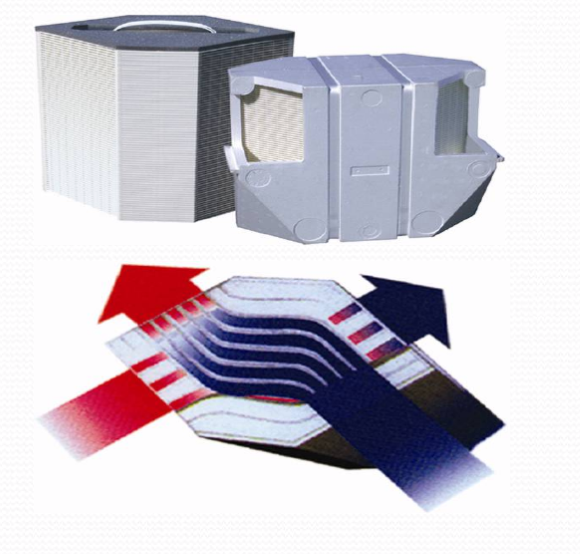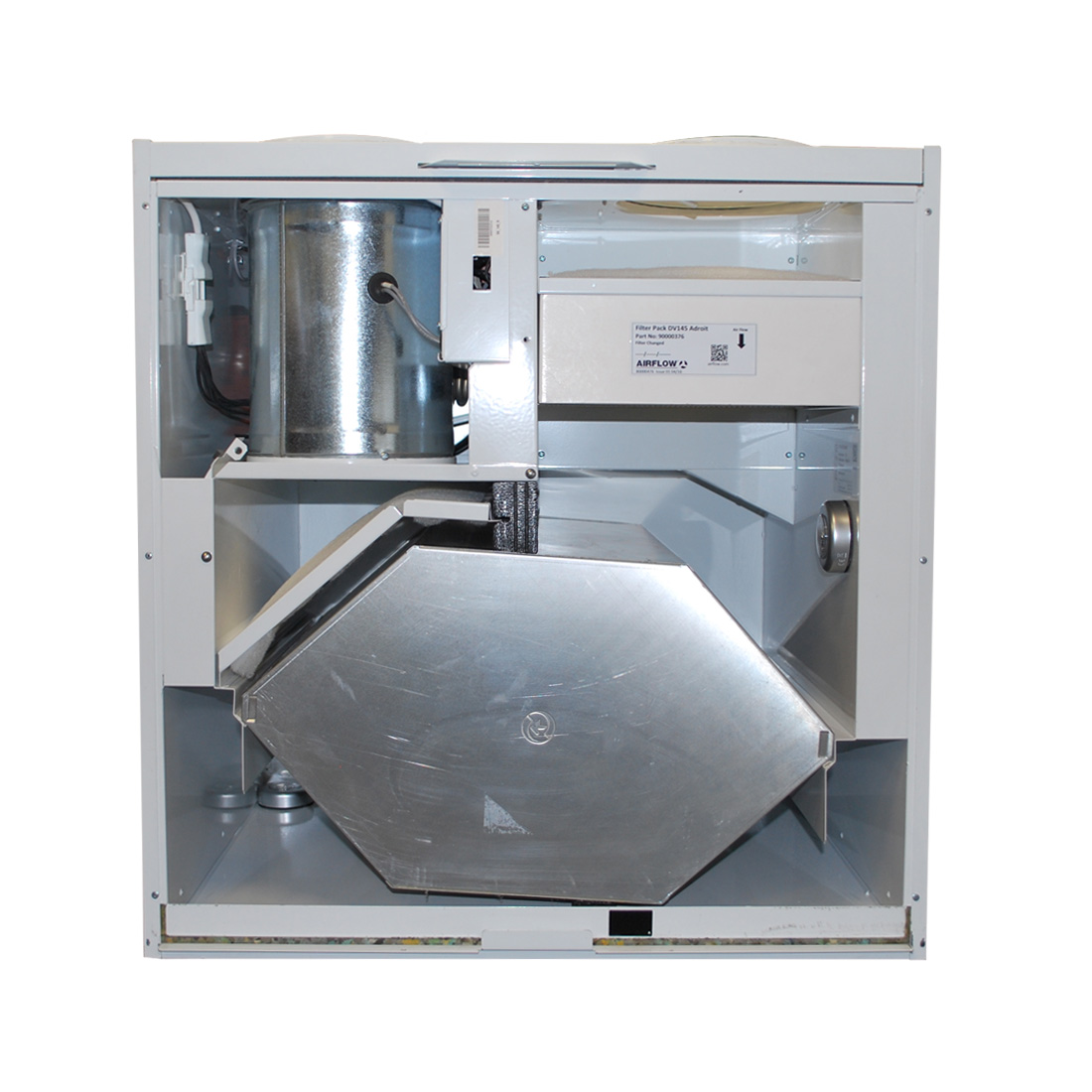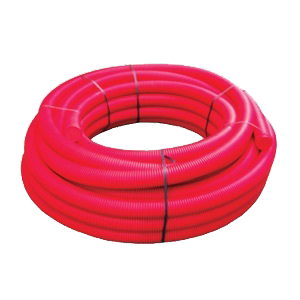Choosing an MVHR Unit
Heat recovery units have a lot of differences in performance output, physical size, orientation, controllability, type of heat exchanger and cost.
We have a range over 50 MVHR available from a range of leading manufacturers. We have units to suit all applications to provide a bespoke solution that will be best suited to your project and provide a quiet and efficient system.
To achieve an efficient and quiet system, it all starts with the design and specification, you can either:
- Contact our trained technicians who will provide a list of suitable units from details given or by you providing a set of plans
- Follow this guide and check our easy to use product selector to ensure that you have the best solution
Each manufacturer has their own area of expertise:
- Vent Axia – Excellent controllability and reliability
- Airflow Adroit – Interactive control and Passive house approved
- Domus – Good digital controller and excellent value
- Nuaire – Ideal for social housing projects with simple operation
Heat Exchangers for Heat Recovery Units
 There are two types of heat recovery exchanges; counterflow and rotary wheel. We always specify a counterflow heat exchanger for use in a domestic property. 90% of domestic heat exchangers are counterflow, due to their heat recovery efficiency, energy efficiency and the fact that the air streams do not mix.
There are two types of heat recovery exchanges; counterflow and rotary wheel. We always specify a counterflow heat exchanger for use in a domestic property. 90% of domestic heat exchangers are counterflow, due to their heat recovery efficiency, energy efficiency and the fact that the air streams do not mix.
Rotary heat exchangers are better suited in commercial applications such as offices where there is more humidity in the air. When moisture is collected it can enter the air stream and this is not ideal in a residential property.
Determine Heat Recovery Airflow Requirements
 Basic guide for unit selection!
Basic guide for unit selection!
First check the amount of air that you require the system to supply and extract.
The airflow must be the greatest of either system 1 or 2.
System 1
For smaller homes, you must be able to extract @13L/s from the kitchen, 8L/s from each bathroom/utility area and supply at the same rate
Simply add the number of wet rooms together e.g.
- 3 bathrooms @ 8l/s
- 1 kitchen @13 l/s
- 1 utility @8 l/s
- = 45 l/s
This means that you need to extract @ 45 l/s and you should be looking for a unit that can achieve an extraction of 75 l/s.
System 2
For larger homes, multiply the usable floor area to achieve a minimum ventilation rate of 0.5 air changes per hour.
e.g. a 5-bedroom house with a floor area of 200 m2 would need 66 l/s (200x height of rooms of 2.4 m =480 m2 % 2 = 240 %3.6 = 66).
This means that you need to supply @ 66 l/s and you should be looking for a unit that can achieve a supply rate of 110 l/s.
Choosing the Size of Heat Recovery Unit

We recommend that you choose a unit that runs at less than 70% of total required output on boost. A heat recovery unit should not run at 100% output.
If a unit is the incorrect size for a property it can introduce noise as the unit is required to work harder to deliver the required airflow
If you try to push too much air through a pipe, the more noise is generated and the more you increase the speed of a unit, the unit becomes less efficient causing less heat to be recovered with increased energy consumption.
We recommend the use of two units in larger properties if required. Using two units will provide a quieter a more efficient system with improve heat recovery efficiency.
Heat Recovery Efficiency

From 2018 all new heat recovery systems require an energy performance rating (ERP), and it recommended that all units have a minimum of an A rating.
All quality heat recovery systems are also rated by BRE (SAP Appendix Q) and have independent performance results available to everyone.
Specific fan power (SFP) is the power consumption (W) per every L/second of air and the lower the number the better efficiency e.g. 0.5 is better than 0.8.
Choosing the Correct Ducting for a Heat Recovery System

A heat recovery system is only as good as the ductwork used. There is no point in buying the most expensive unit just to install sub-standard ducting.
There are a number of options in ducting and all can impact performance, the main factors being:
- Noise transfer
- Airtight performance
- Size of the MVHR unit
We always recommend a radial ducting solution for the quietest and most efficient system
Check out our Quiet-Vent Radial Ducting Solutions.

